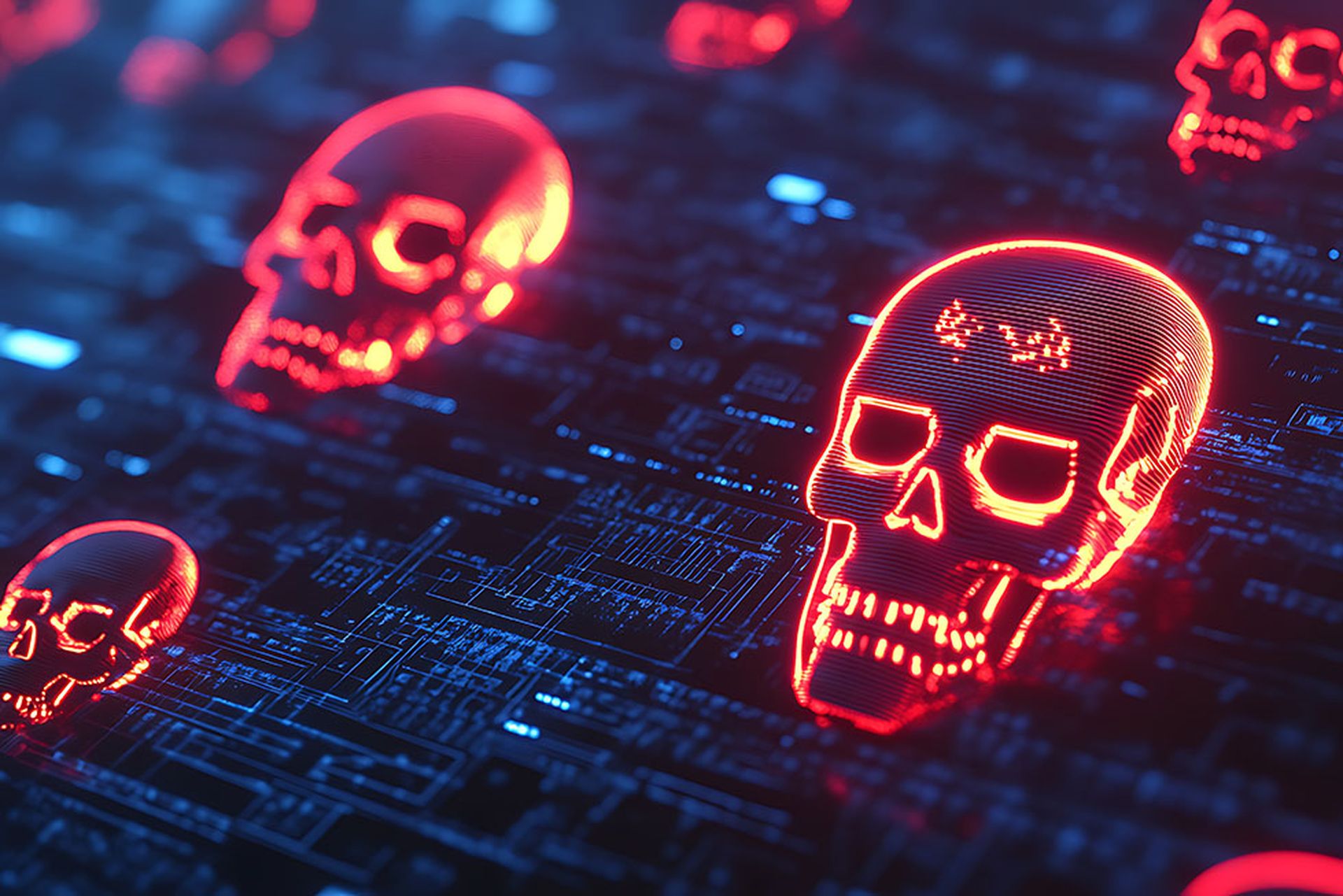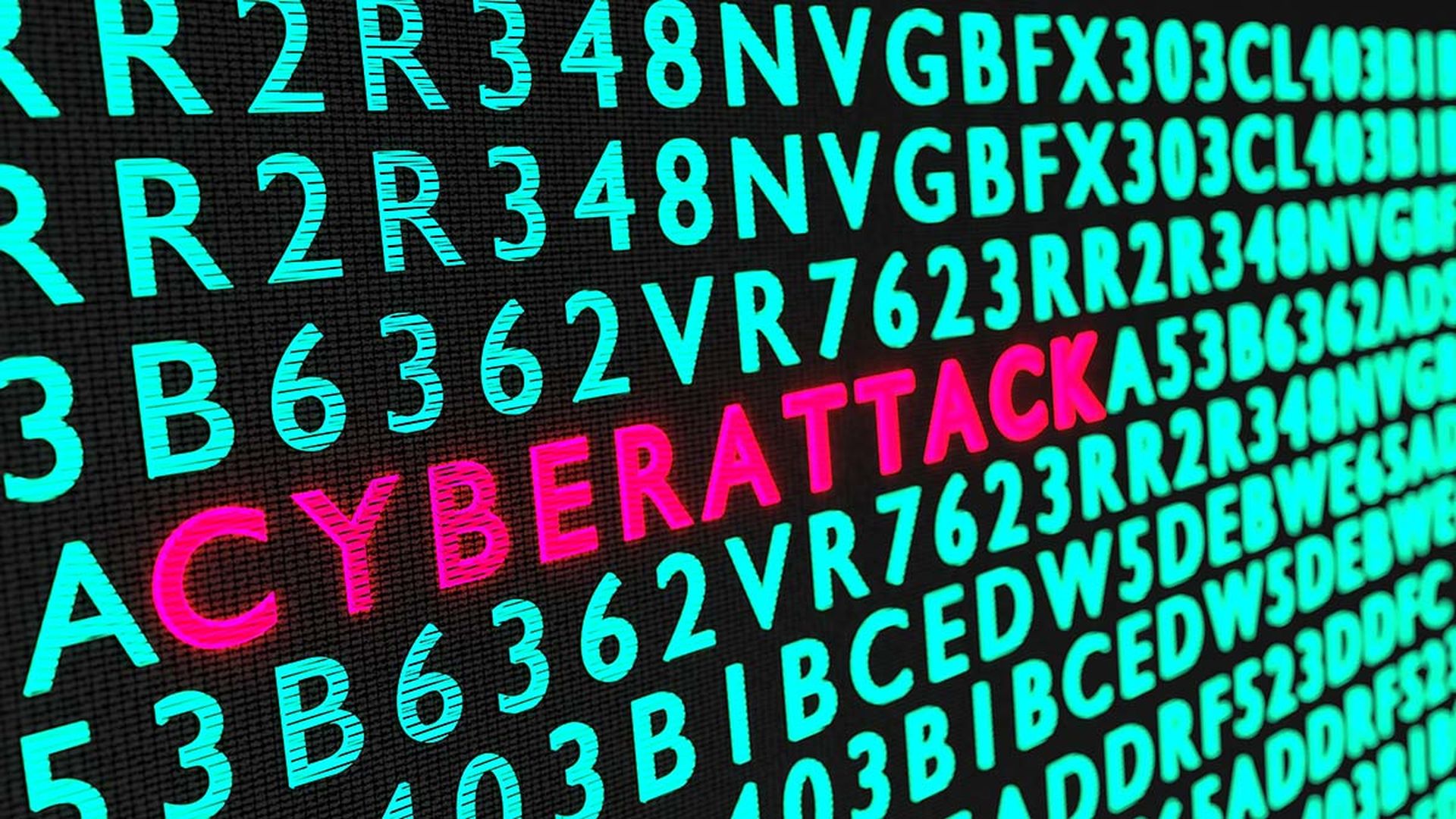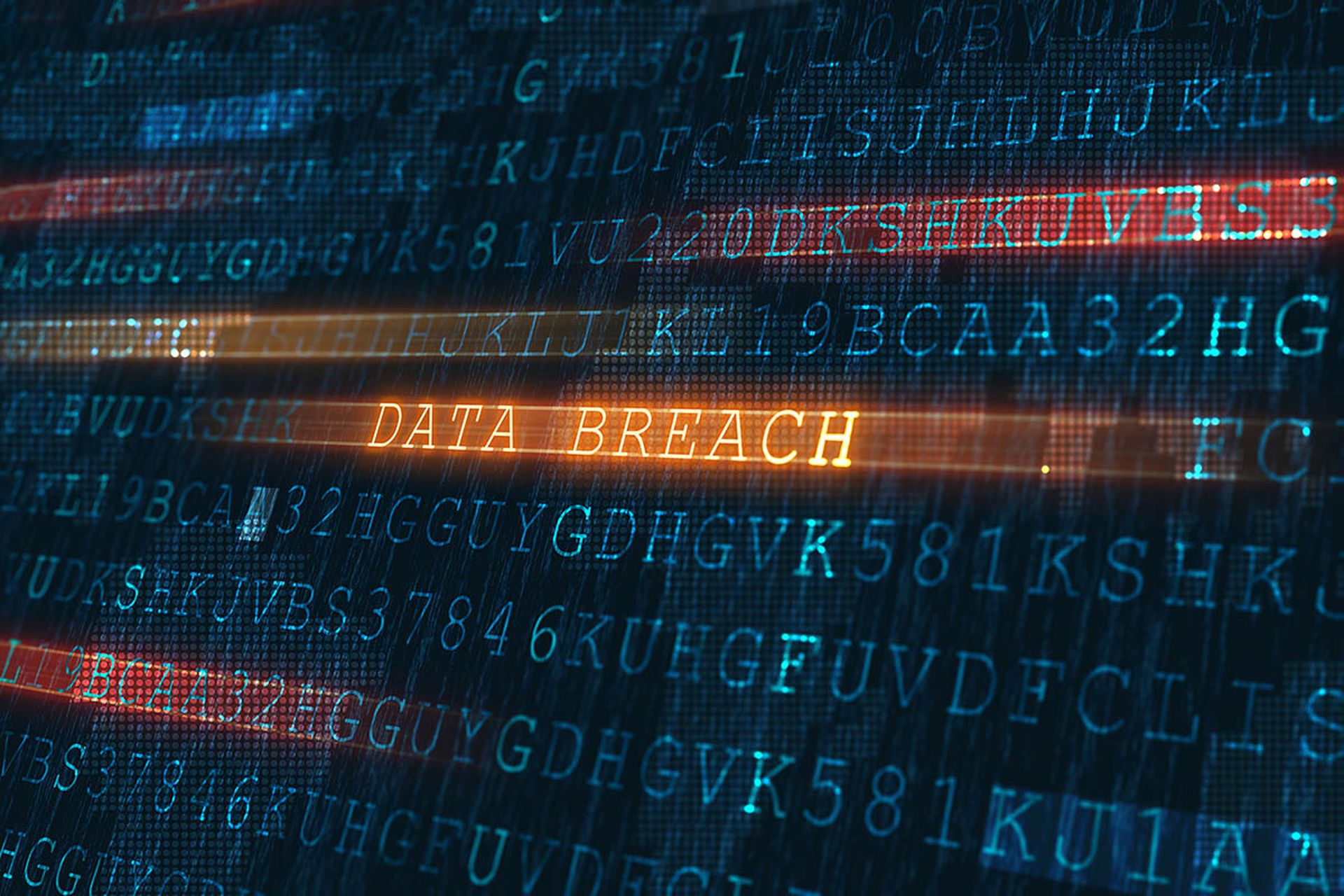Cybersecurity leaders face a high-stakes environment where the speed and sophistication of threats continue to rise, demanding more proactive and refined approaches. The latest data shows that, across sectors, threat actors are evolving their tactics, testing new avenues for attack and targeting industries with critical data assets. Organizations, in response, must stay informed and agile, tailoring defenses to meet the unique risks of their operating landscape.
Nuspire’s Q3 2024 Threat Landscape Report provides an in-depth look at critical cyber threats shaping today’s security strategies. Through insights gathered from over a trillion traffic logs, this report sheds light on emerging patterns in ransomware, dark web dynamics and exploitation trends—each offering lessons on the current and future state of cybersecurity.
Ransomware Evolution: The Professional Services Sector Under Fire
In late 2024, ransomware groups showed heightened interest in sectors rich with sensitive data. Professional services—particularly law firms, accounting firms and consultancies—saw an alarming 88.83% increase in ransomware attacks. These organizations have become high-value targets, with ransom demands averaging around $2.5 million, as they often hold sensitive client data such as financial records and proprietary business information. Unfortunately, many in this sector lack the extensive cybersecurity resources of larger enterprises, making them especially susceptible to double-extortion tactics.
This dramatic rise in attacks underscores a shifting landscape where newer ransomware operators, like RansomHub, are actively disrupting established groups. With data extortion as a primary tactic, these trends highlight the urgent need for professional services firms to adopt robust data security measures, implement frequent backup processes, and deploy multi-layered endpoint protections to shield their high-value assets.
Dark Web Trends: Infostealer Activity and Market Listings
The dark web continues to be a focal point for trading compromised data, even as overall activity saw a 5.41% decrease from Q2 to Q3, with total marketplace listings dropping from 3,429,762 to 3,244,066. However, certain types of data surged in popularity, with RDP access listings increasing by 36.79% and account access postings rising by 23.98%. These trends indicate that cybercriminals are shifting their focus toward high-access entry points, which provide substantial control over compromised networks.
Interestingly, listings for shell access and webmail access dropped significantly, by 35.77% and 35.10%, respectively. This shift may reflect attackers’ preference for access that allows more flexible and persistent control, underscoring the importance of monitoring dark web activity to anticipate potential threats.
For security teams, dark web insights serve as an essential diagnostic tool. Regularly analyzing marketplace trends enables organizations to better understand threat actor priorities, anticipate the types of data most at risk and proactively mitigate potential exposures.
VPN Vulnerabilities: A Dramatic Surge in Exploits
With remote work expanding, VPN technology has become a critical component of cybersecurity. However, Q3 saw a sharp rise in VPN-focused attacks, with exploit attempts surging by over 50%. One particularly targeted vulnerability was CVE-2022-42475, a FortiOS SSL-VPN weakness that permits remote command execution, providing attackers with direct network access. For organizations dependent on VPNs, ensuring rapid patching and applying multi-factor authentication (MFA) are essential practices. This rise also calls for increased endpoint protection to prevent lateral movement if perimeter defenses are compromised.
These findings highlight the broader implications of unpatched vulnerabilities, where a failure to act quickly can expose networks to ransomware and other severe threats.
AI’s Role in Proactive Defense
As attack methods grow in complexity, artificial intelligence (AI) has proven invaluable in detecting threats earlier and reducing incident response times. Advanced AI systems, capable of parsing large data volumes, are now a critical asset for identifying anomalies and predicting potential threats. These tools can offer a rapid response advantage, but their effectiveness depends on proper integration within a security strategy that balances human insight with machine efficiency. Ethical concerns around AI use, such as maintaining transparency and avoiding bias, also play a role in fostering trust in these technologies.
For decision-makers, AI presents an opportunity to shift from reactive to proactive security, supporting teams in navigating complex, data-heavy environments with precision.
Strategic Considerations for a Resilient Future
The Q3 2024 Threat Landscape Report highlights several key strategies to help organizations reinforce their cybersecurity postures:
- Tailored Threat Intelligence: Industry-specific insights can help professional services and other vulnerable sectors better understand and mitigate their unique risks.
- Continuous Dark Web Monitoring: Regular scanning of underground marketplaces offers early visibility into potential data leaks, enabling swift, targeted responses.
- AI-Driven Threat Detection: Leveraging AI to identify unusual activity patterns can accelerate detection and mitigation, especially when integrated with human-led analysis.
- Patching and Endpoint Security: For organizations reliant on remote access tools, timely patching and enhanced endpoint security remain vital in reducing exploit risks.
Looking Ahead: Adapting to Escalating Cyber Threats
As cyber threats grow more sophisticated, recent data underscores the urgent need for vigilance, proactive defenses, and adaptable strategies. The latest insights reveal key areas where security leaders can strengthen their defenses, anticipate adversarial tactics, and build resilience against future attacks. For organizations, the path forward lies in prioritizing data protection, leveraging AI for strategic advantage, and maintaining a comprehensive view of emerging threats—measures that, while complex, are increasingly essential to staying a step ahead in an unpredictable cybersecurity environment.




